
Dramatic scenery above the vineyards and salt mines of south-eastern Jumilla The regional park of Sierra del Carche occupies an area of 5,942 hectares, and includes the Cabezo de la Rosa – a saline diapir of great geological interest – and deep ravines such as those of San Cristóbal, La Guarafía and La Yedra, which in times of heavy rainfall feature waterfalls at El Saltador. Here the Mediterranean flora includes Aleppo and maritime..
READ MORE
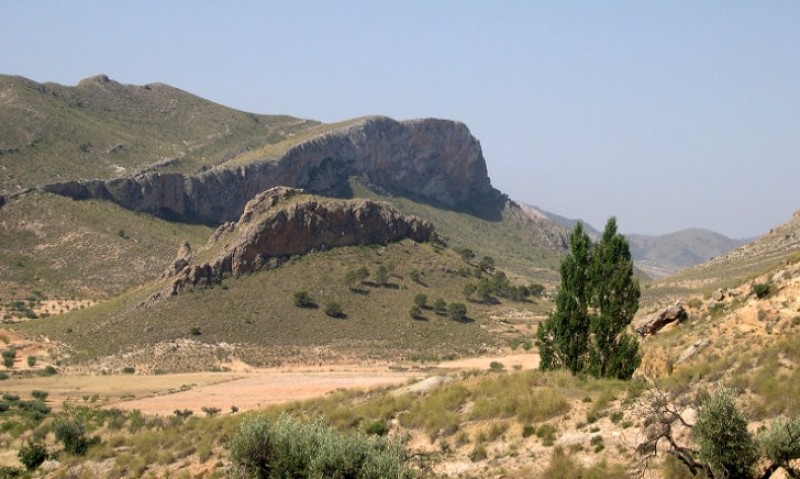
Prehistoric rock art and spectacular scenery in the mountains of Sierra de la Cingla The main walking routes in the mountains of Sierra de la Cingla, the ridge which runs along the northern side of the N-344 road between Jumilla and Yecla, are full of historical and environmental significance, featuring stretches of road, paths, tracks and even ravines as they make their way through the rural districts of La Alquería and Fuente del Pino...
READ MORE

Inland destinations to get away from it all and enjoy a “real” Christmas in the Costa Cálida! It goes without saying that the towns and cities of the Costa Cálida are full of hustle and bustle over the Christmas season, but for those who prefer to make use of the holidays to get away from it all there are still plenty of opportunities to take advantage of the myriad of rural destinations in inland areas of the Region of Murcia. ..
READ MORE
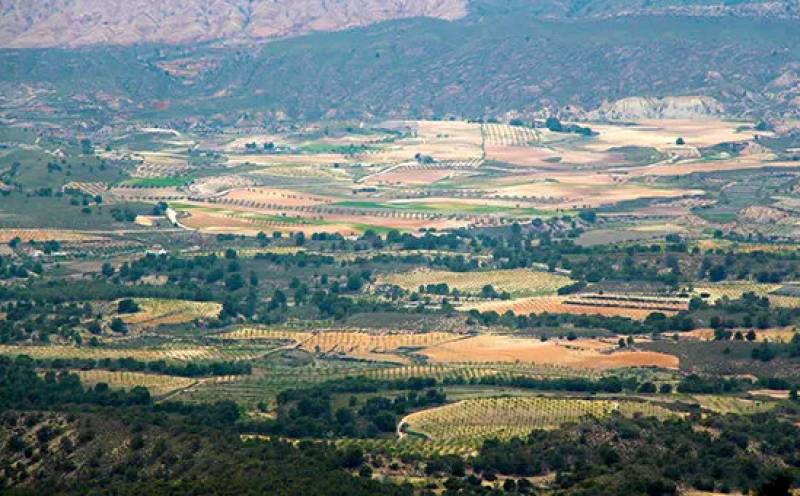
Stunning countryside, mountains and vineyards in the south of the municipality of Jumilla Rather than a village, La Raja is better described as a rural area devoted mainly to cultivating the prized Monastrell grape which has made the wines of Jumilla famous, with scattered groups of dwellings dotted around the countryside. These tiny “caseríos” have their own names, including Los Escandeles, Los Cápitos, Los Pausides, Las Cuevas de la Pe..
READ MORE
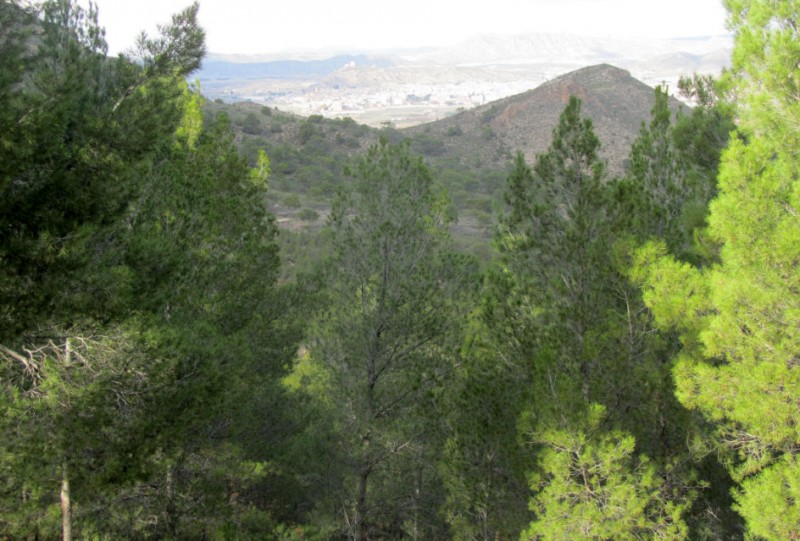
Spectacular scenery, prehistoric archaeology, the monastery of Santa Ana and thick pine woods in the mountains outside Jumilla The mountains of Sierra de Santa Ana are just 6 kilometres south of the town of Jumilla, and offer not only a stunning landscape of great environmental importance but also routes which include sites of special historical significance. The area can be reached by car before walkers can choose among various footpaths..
READ MORE
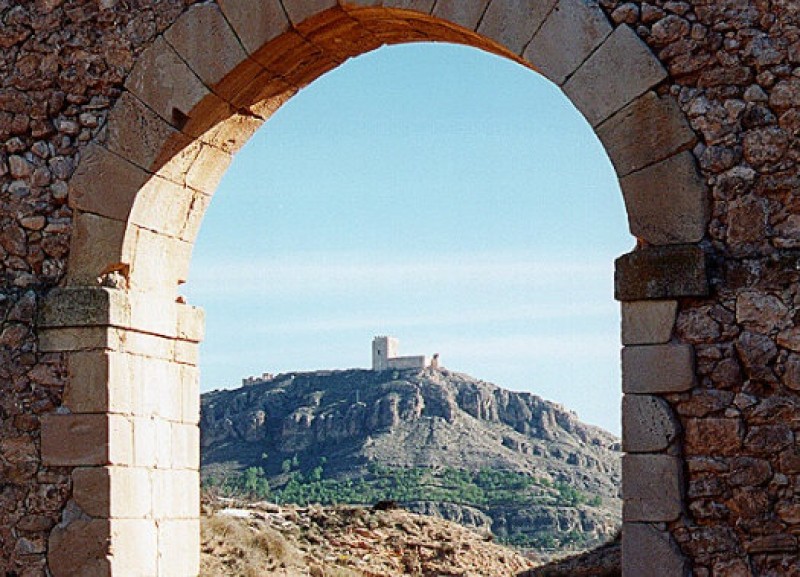
Caves with a story to tell and other sights which illustrate history and pre-history The Sierra de la Pedrera may reach no higher than 765 metres above sea level, but the area is covered in esparto glass and aromatic plants and is home to historic and prehistoric remains. In one rock shelter there is a series of schematic rock art paintings which are part of the World Heritage Site declared by UNESCO, dating from between the Stone Age and..
READ MORE
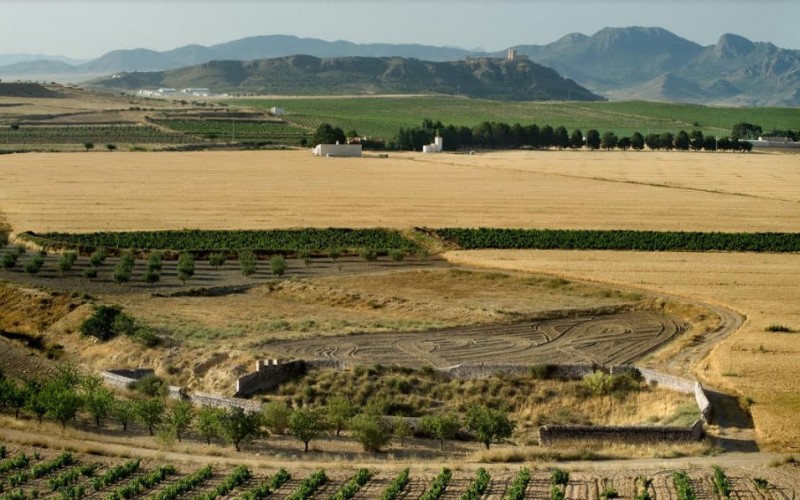
46 kilometres of the old drovers’ road run through the municipality of Jumilla The “Cañadas Reales” are the long-distance transhumance farming paths, or drovers’ roads which were traditionally used to drive livestock from one location to another according to the season, and the route which led from Cartagena on the coast to Cuenca in central eastern Spain passes very close to the centre of Jumilla. It therefore offers a walking or..
READ MORE
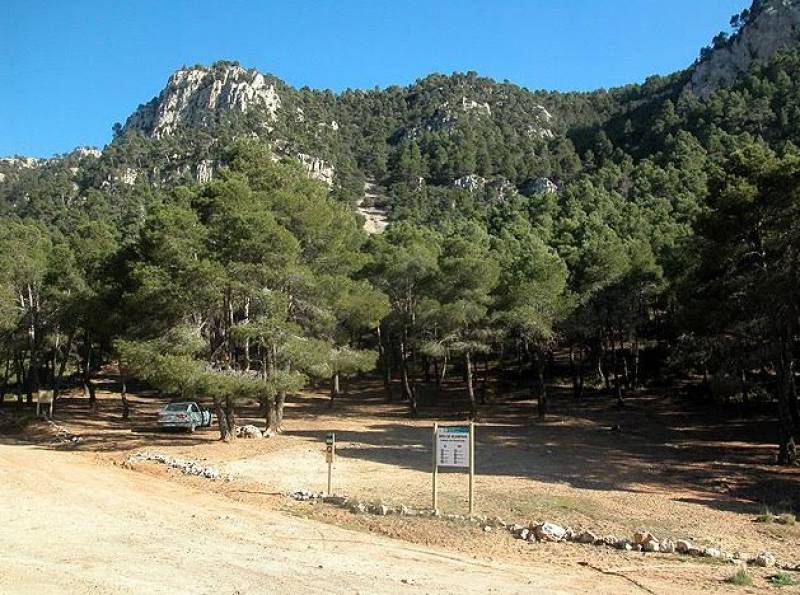
Efforts to regenerate the pine forests above the vineyards in the Regional Park of Sierra del Carche The regional environmental protection authorities of Murcia have unveiled a project to regenerate the population of Pinus nigra (black pine or Austrian pine) trees in the Regional Park of Sierra del Carche, which lies in the northern municipalities of Jumilla and, to a lesser degree, Yecla, consisting of the planting of 339 new trees and measures..
READ MORE
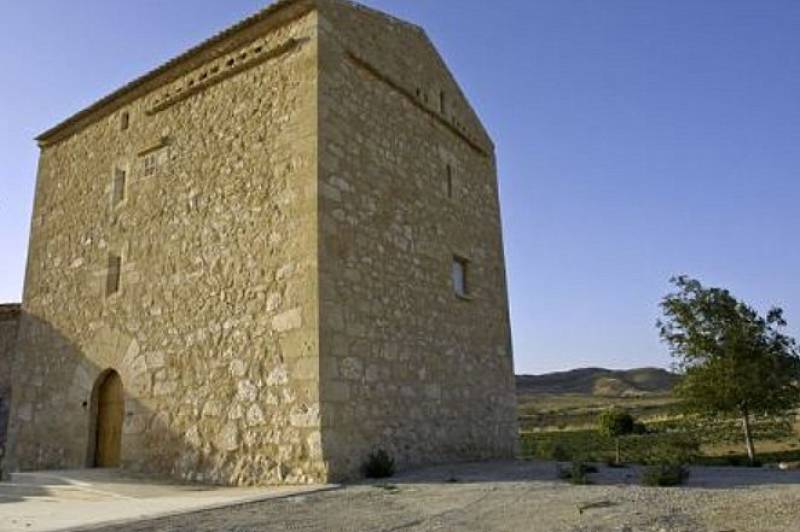
Vineyards dominate the countryside and the economy in this area of Jumilla Torre del Rico is a small village in the south-east of the municipality of Jumilla, around 25 kilometres from the town itself, in the wide-open countryside dominated by farming, particularly vineyards, and by the mountains of Sierra del Carche a few kilometres to the north. The tower, resembling a castle keep, from which the village takes its name was built by Antonio..
READ MORE
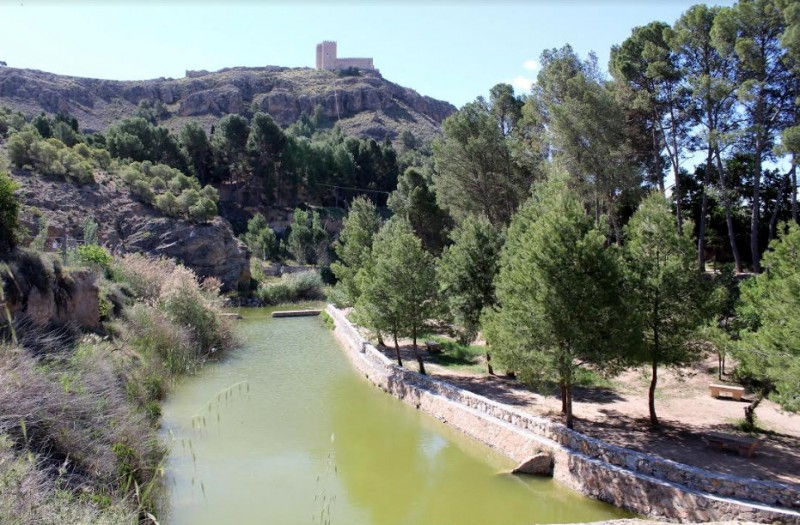
A popular spot for a day out among locals just behind the castle hill Many visitors to the town of Jumilla in the north of the region of Murcia don’t have enough time to venture round to the “other” side of the hill on which the castle stands, but locals who are in the know are all aware that here there is a charming beauty spot which is popular for picnics and swimming in the summer. This is the body of water named “Charco..
READ MORE
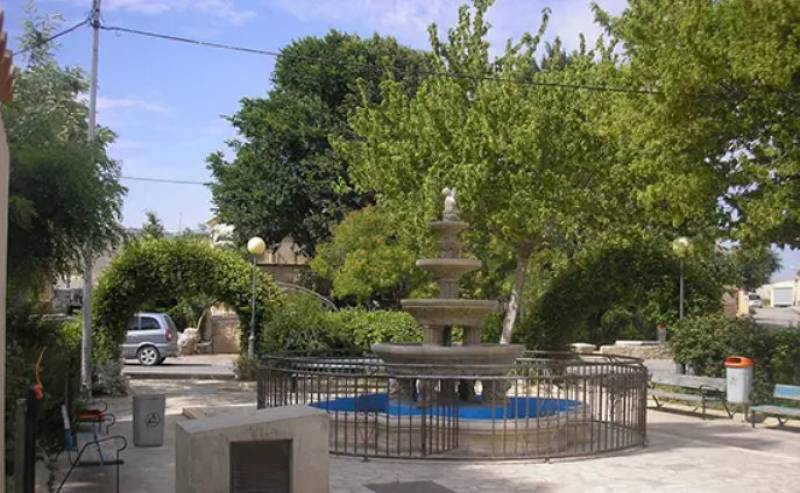
A small village north-east of Jumilla with numerous rural tourism attractions nearby La Alquería, which lies about 6 km out of Jumilla on the N-344 road which leads to Yecla, is a close neighbour of Fuente del Pino and grew as an agricultural settlement focussed on unirrigated farming and hers of Murciano-Granadina goats. At the centre of the village, which now has around 150 residents, is a small 19th-century church dedicated to San José..
READ MORE

From Yecla and Moratalla in the north to Isla Plana in the south, Murcia was home to cave-dwelling artists as long as 10,000 years ago Hidden away in caves and rock shelters of the Murcia countryside is evidence that the forefathers of modern humans inhabited these lands millennia ago, and that their first leanings towards artistic creativity found a means of expression in the primitive images they formed on the walls of their shelters in rocky..
READ MORE
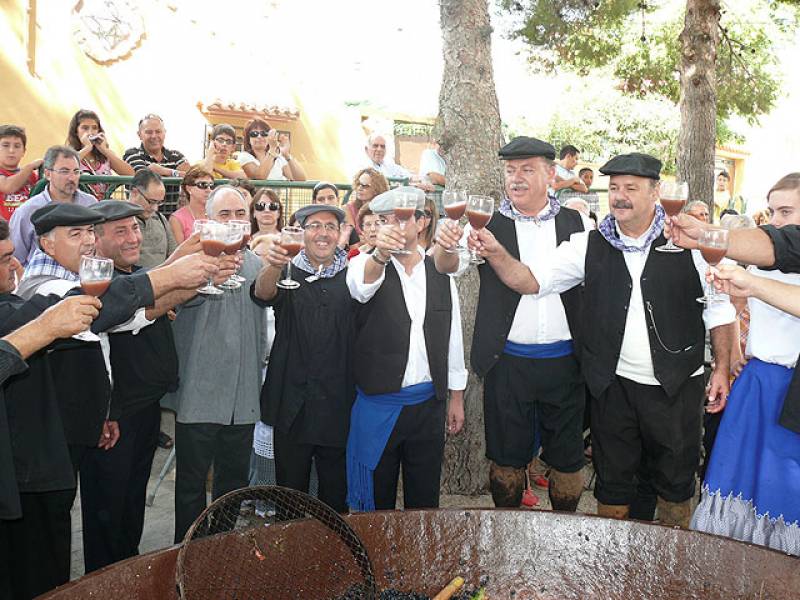
A small but historic agricultural community on the road between Jumilla and Yecla Fuente del Pino was named in the past after the abundant natural springs and pine trees in the area, and this is what first let to a settlement arising in this spot approximately 9 kilometres north-east of Jumilla on the N-344 road which leads to Yecla. Written records of the village go back to 1564, but they indicate that it was already well established at that..
READ MORE
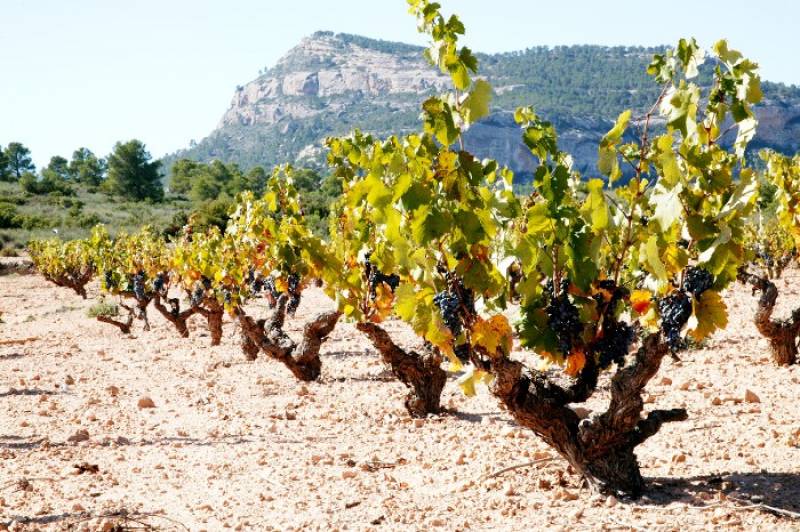
A harder job would be to name reasons NOT to visit Yecla and Jumilla! If you’re one of those whose knowledge of the Region of Murcia is limited to the beaches of the Mediterranean and the Mar Menor, couple of local watering holes or restaurants, the airport in Corvera and perhaps the cities of Cartagena and Murcia, it’s time to broaden your horizons and discover a whole different world which lies a little further inland! This is a world..
READ MORE
